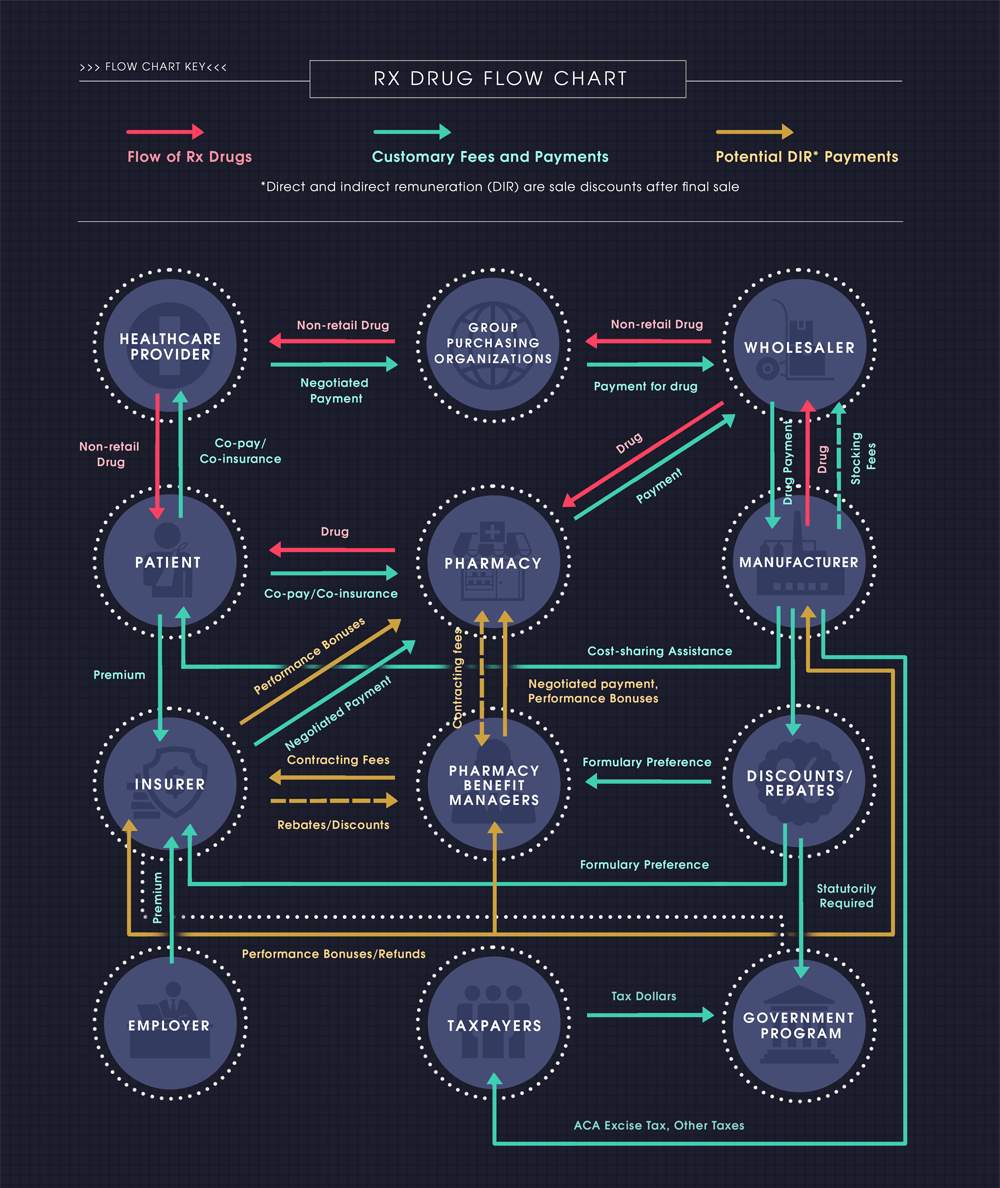Weekly Checkup
March 22, 2018
CSRs: Bringing People Together
Supporters and opponents of the Affordable Care Act (ACA) have been locked in a death struggle over the law’s future for nigh unto eternity. As it turns out, there is something that can bring these two warring sides together: their mutual objection to funding the ACA’s cost sharing reduction (CSR) payments to insurers.
These CSR payments offset the expense of exempting low-income Americans from out-of-pocket costs. They have been made since the exchanges first opened. But last October, following years of court battles between the Republican Congress and the Obama Administration over the legality of the payments (which didn’t have a congressional appropriation), President Trump suspended them.
Many on the right have been railing against this so-called “insurer bailout.” Note that, in this case, a “bailout” is defined as the federal government ordering insurers to spend money, while promising it will pay them back, and then actually following through on its promise. Pushing past the bailout rhetoric, the real concern on the right is more political: Anything that might stabilize the exchanges and bring down premiums will undercut public support for repeal. In other words, funding CSRs might make the exchange better, or at least bring premiums down, making it harder to argue for repeal, and so such a policy should be avoided.
On the left, the new-found opposition to CSRs (after previous support) is thanks to the realization that not funding CSRs causes the government to spend more money—often a liberal objective.
The mechanics are as follows: Subsidized individuals and families pay a set percentage of their annual income for silver plan health insurance. The rest of the premium is paid by the government. So as silver plan premiums increase, the government picks up the cost of those increases for subsidized consumers. However, because the subsidies are based on silver-plan costs, and CSRs only apply to silver plans, when the CSRs went away for 2018, premiums for silver plans skyrocketed. The rising premiums in turn drove up subsidies that recipients could use for any insurance plan, while premiums for gold and bronze plans were largely unaffected. As a result, those receiving subsidies have more money to spend on bronze and gold plans. In some places, thanks to the high subsidies, gold plans are cheaper for subsidized consumers than silver plans.
The federal government is now spending roughly $27 billion a year more on individual market coverage per year because of not paying the CSRs. Of course, if you aren’t poor enough to receive subsidies, you must bear the cost of these inflated premiums on your own. Many Democrats are now framing the funding of CSRs as a cut to low-income Americans. They argue the federal government should just increase subsidy eligibility to help those hurt by higher premiums.
There you have it: The CSR debate has brought together conservatives and liberals in their apparent shared desire to increase federal spending on health care.
Chart Review
Tara O’Neill Hayes, Deputy Director of Health Care Policy
This infographic shows the complex path that a prescription drug travels to reach a patient, as well as the many monetary transfers along the supply chain to get it there.
– Chart from Prescription Drug Prices: Discounts, Fees, and Effects on Part D
Tech Crunch: Peer-reviewed study shows Cardiogram and Apple Watch can accurately determine atrial fibrillation
Wall Street Journal: Health-Care Firms Turn to Drugmaker Executives as Businesses Converge
Bloomberg Businessweek: Trump’s Health Chief Wants to Change How Doctors Do Business











